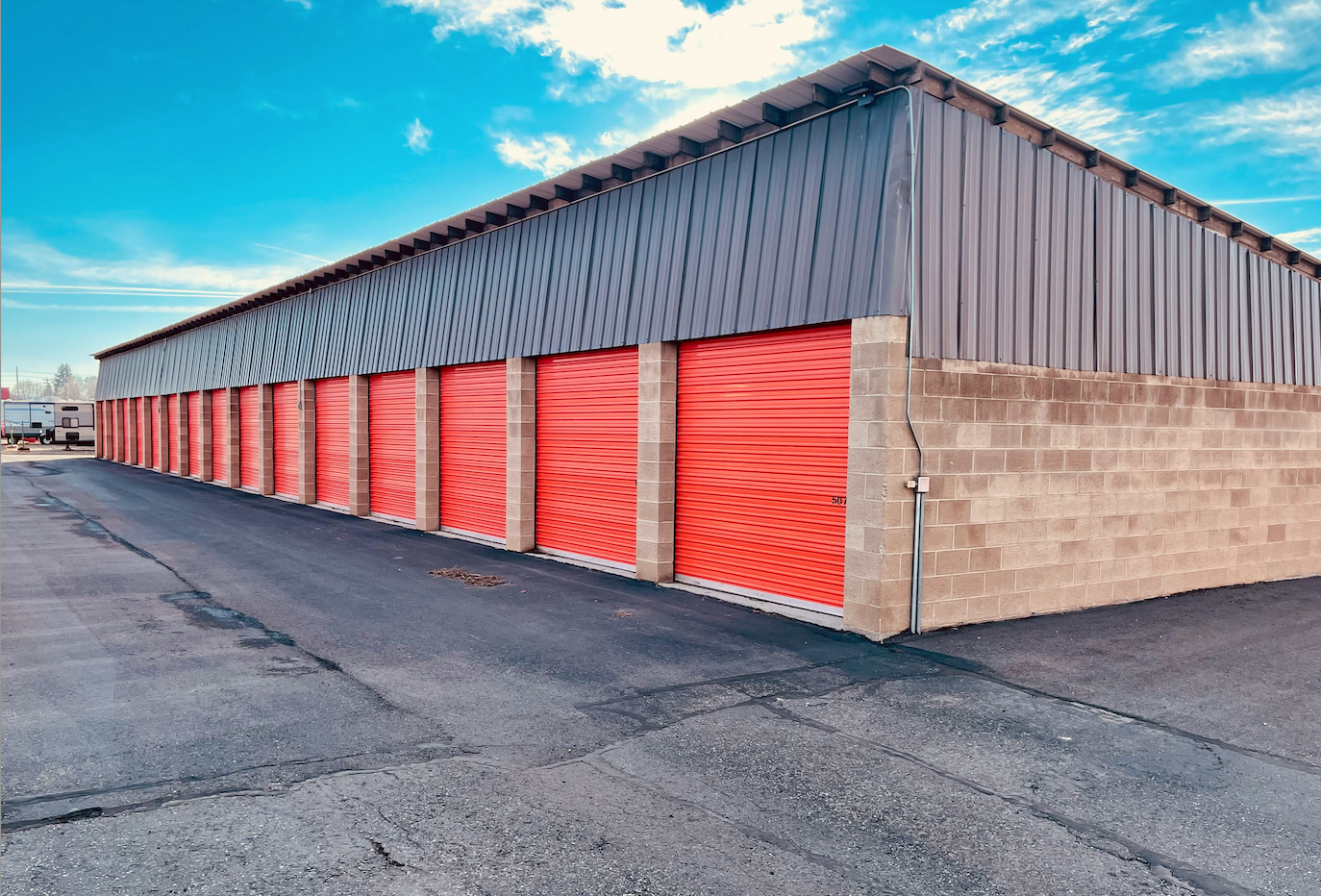The self-storage industry in the US is reaching a staggering $45 billion valuation. The industry includes over 52,000 facilities and more than 20 million units across the country. Why? Because of a love affair we have with our possessions; eagerly buying new items yet struggling to discard the old. This is one way billions are spent and made.
Urban living conditions, rising housing costs, and consumer habits are driving the demand for more storage. In urban areas, the combination of smaller living spaces and increasing rents compels many to seek external storage solutions. As a result, about 20% of Americans now rent a storage unit.
The self-storage sector started in the 1960s as a “covered land play.” Entrepreneurs bought land near expanding areas, constructed storage facilities, and held onto the land until it was ripe for development. But many retained the facilities as they recognized the profitability of self-storage.
Self-storage facilities attract investors due to their low overhead and steady demand. About 90% of units are continuously occupied. The process of replacing tenants is simple; a quick cleanup is all that’s needed after one tenant exits before another enters.
Storage units are typically leased on a month-to-month basis. Despite this, many tenants use their units for about 14 to 16 months on average. These facilities often become essential during significant life changes such as relocations or family changes.
Many self-storage facilities provide contactless access options, allowing customers to enter the premises and access their belongings whenever they need.
But a surprisingly large number of storage units are eventually abandoned. The company Simply Self Storage reports that 155,000 storage units are auctioned off every year. Popular cable shows like “Storage Wars” and “Auction Hunters” chronicle this uniquely American phenomenon and many participate.
But Not Just in America
As housing costs in densely populated areas increase, digital nomadism and relocations become more frequent, more people are using self-storage facilities. Additionally, as families grow and accumulate more possessions, their need for extra storage space also grows. Innovations in self-storage software, artificial intelligence (AI), and the Internet of Things (IoT) are driving market expansion by enhancing facility management, efficiency, occupancy rates, and ease of use.
Millennials and Gen Z have become the primary renters of storage space, utilizing it to expand their limited home spaces.
The self-storage market thrives during both economic upswings and downturns. As people increasingly downsize and accumulate more possessions, the demand for storage stays high. The industry is projected to grow by 2% annually from 2024 to 2028.
Small businesses increase demand for self-storage as it is more affordable than warehouse space. Many e-commerce businesses use these units for order fulfillment and storage of inventory or supplies that don’t fit in a home or apartment. This use extends to storing equipment, boosting the commercial utilization of storage facilities.
Worldwide self-storage market value is expected to reach $88.45 Billion by 2029. That’s a lot of consumerism that gets decluttered and stored away.
China will lead in revenue generation. Globally, the estimated revenue per person stands at $5.16. By 2028, the market volume is expected to reach 2.6 billion units. On average, each person will likely use about 0.3 storage units in 2024. That’s a lot of stuff!
This industry’s growth highlights the changing lifestyle where space is increasingly precious. However, do we continue to fill our lives with more possessions, or do we know when enough is enough, and understand what is truly valuable?
“A house is just a place to keep your stuff while you go out and get more stuff.”― George Carlin
Related: Breaking Away: Forging Our Own Path Beyond Herd Mentality



